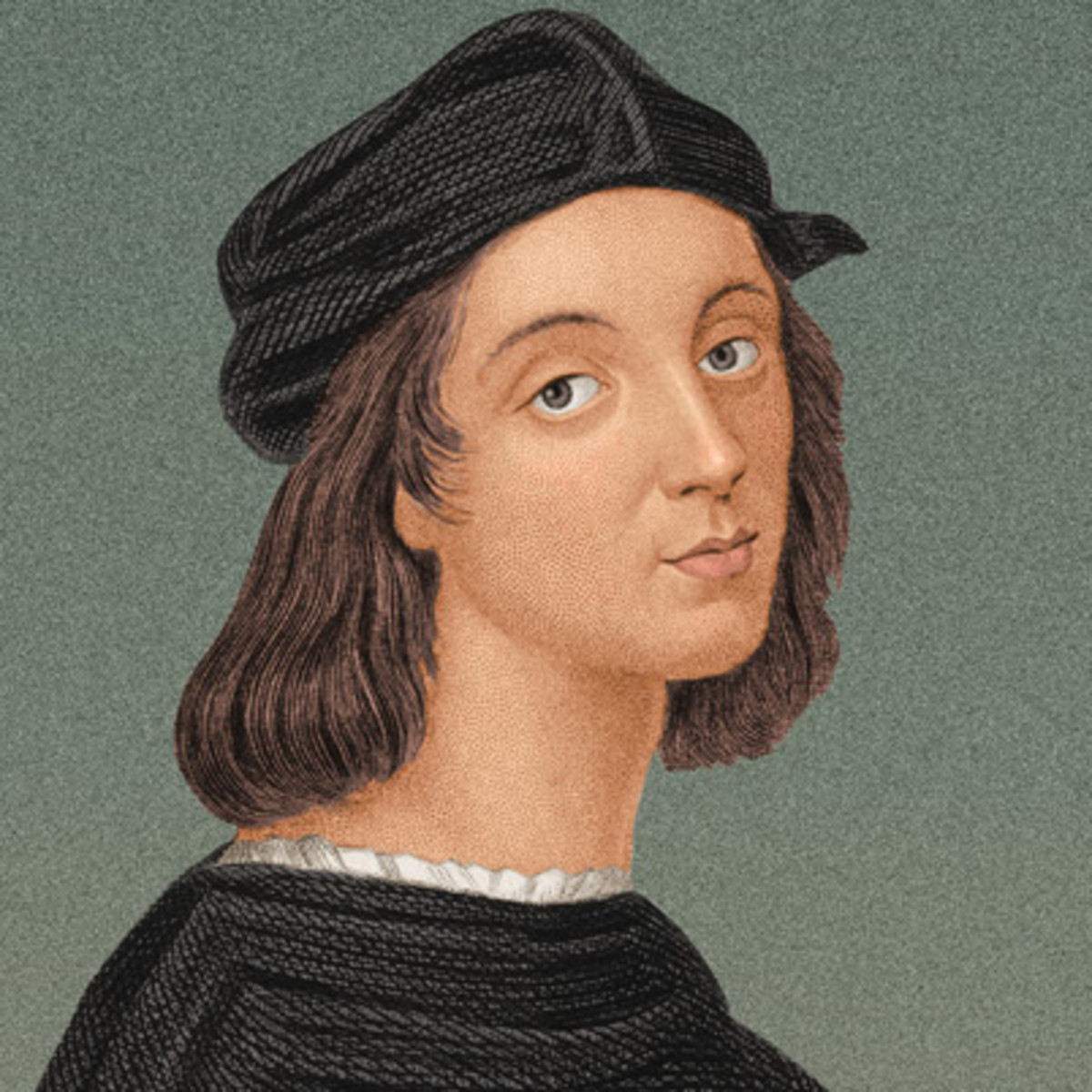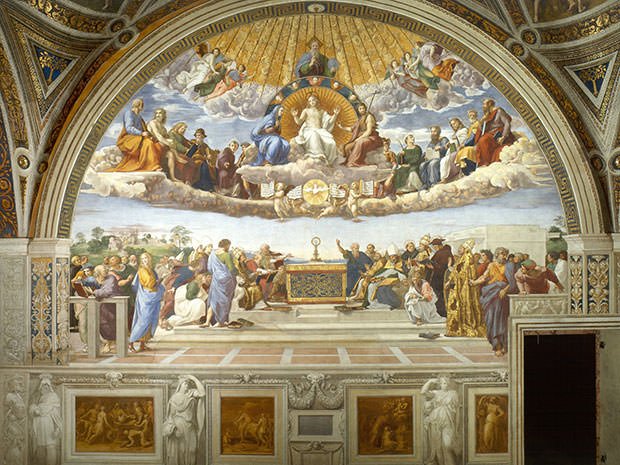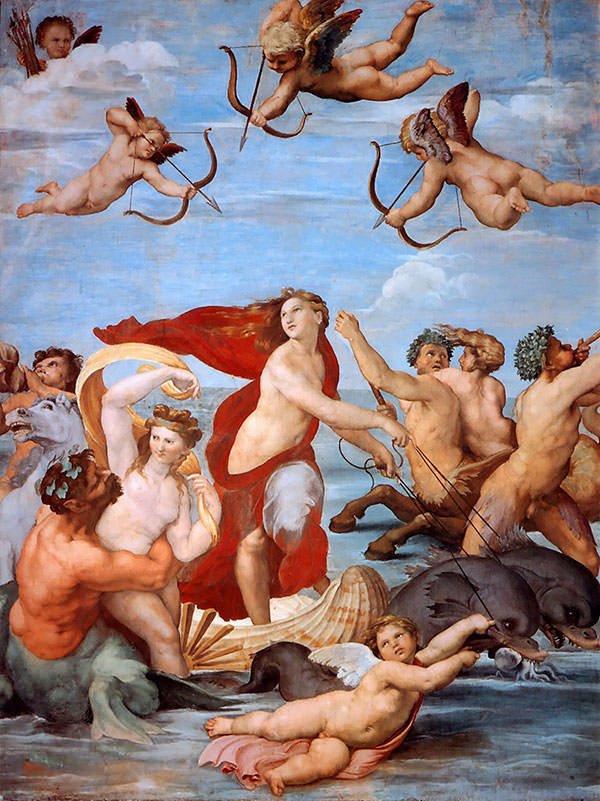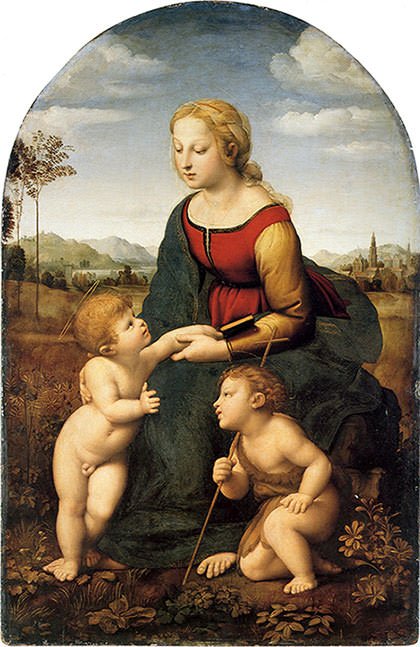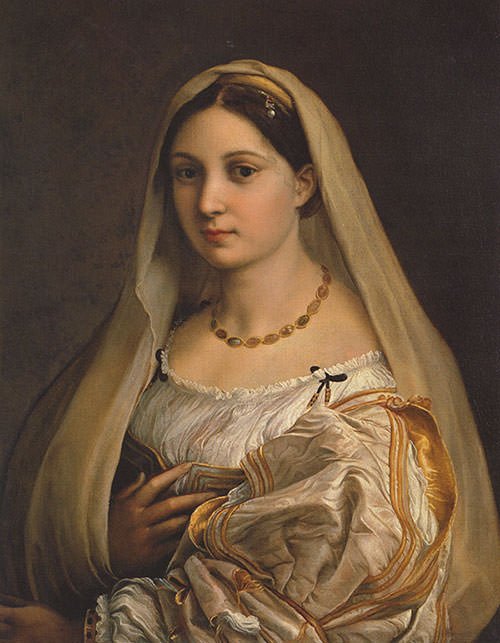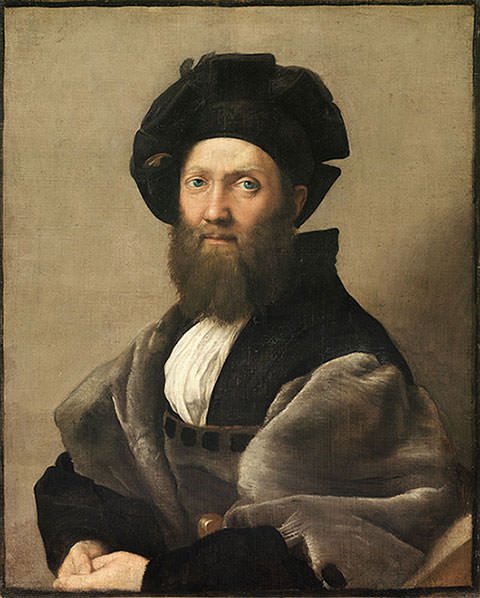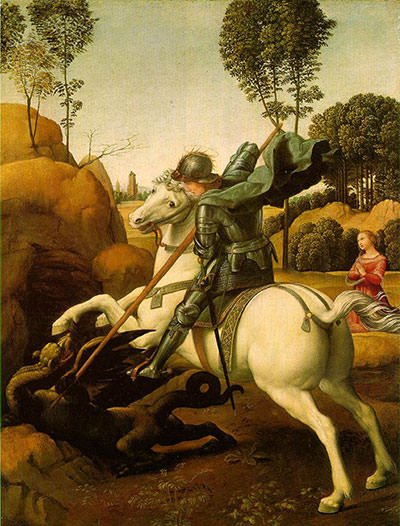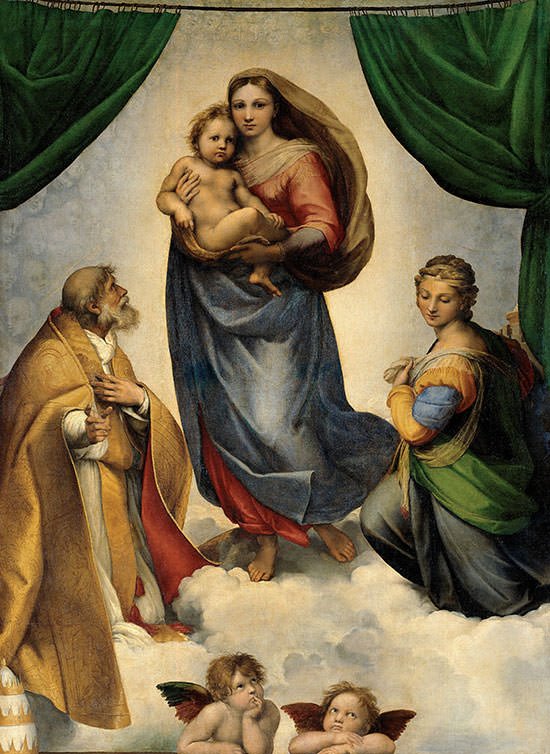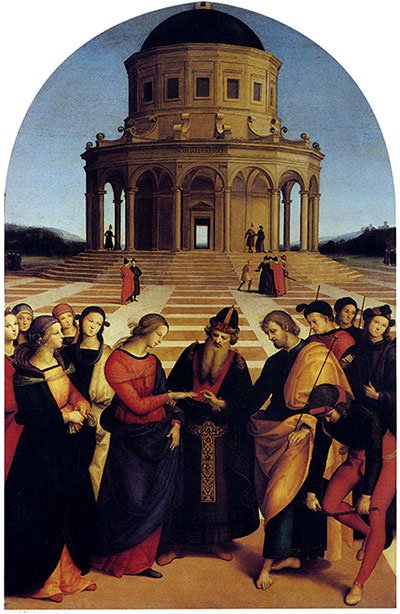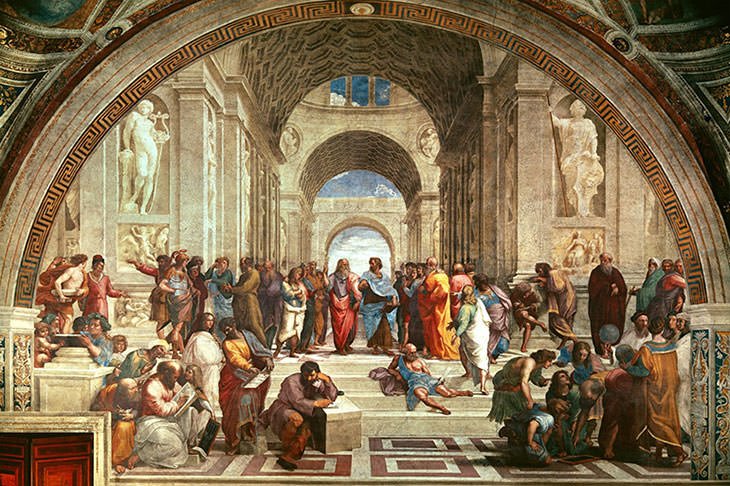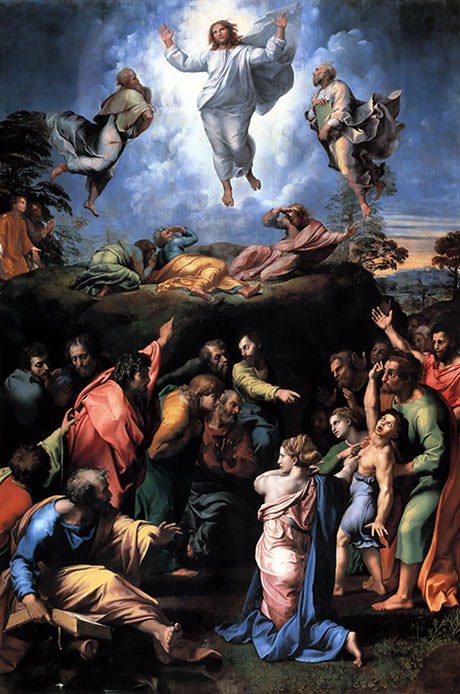- Overview
-
Raphael was an Italian painter and architect of the High Renaissance. His work is admired for its clarity of form, ease of composition, and visual achievement of the Neoplatonic ideal of human grandeur. Together with Michelangelo and Leonardo da Vinci, he forms the traditional trinity of great masters of that period.
Raphael was enormously productive, running an unusually large workshop and, despite his death at 37, leaving a large body of work. Many of his works are found in the Vatican Palace, where the frescoed Raphael Rooms were the central, and the largest, work of his career. The best known work is The School of Athens in the Vatican Stanza della Segnatura. After his early years in Rome much of his work was executed by his workshop from his drawings, with considerable loss of quality. He was extremely influential in his lifetime, though outside Rome his work was mostly known from his collaborative printmaking.
- Career
-
- Raphael received a commission in 1500 to paint a large altarpiece dedicated to Saint Nicholas of Tolentino, for the Baronci chapel in the Sant'Agostino Church in Città di Castello. The work on the paintings was completed on 13 September, 1501.
- He spent a lot of time in Florence between 1504 and 1508, and was greatly influenced by the works of the painters Fra Bartolommeo, Leonardo da Vinci, Michelangelo and Masaccio. During this time he completed three large altarpieces, the ‘Ansidei Madonna’, the ‘Baglioni’ altarpiece, and the ‘Madonna del Baldacchino’.
- He moved to Rome in 1508. The new Pope Julius II commissioned him to fresco, which was intended to become the Pope's private library at the Vatican Palace. Several other artists were already working on different rooms of the library, and ‘The Stanza della segnatura’ ("Room of the Signatura") was the first to be decorated by Raphael's frescoes.
- One of his most famous paintings, ‘La donna velata’ ("The woman with the veil"), was completed in 1514–15. The painting portrays a beautiful young woman, traditionally identified as his Roman mistress, dressed in finery, depicting opulence.
- He established a workshop and had around 50 pupils and assistants. He is credited to have run his workshop in the most efficient manner and several of his students became famous artists in their own right.
- His last painting was ‘The Transfiguration’ in 1520. The painting stands as an allegory of the transformative nature of representation, and exemplifies Raphael's development as an artist.
- Raphael received a commission in 1500 to paint a large altarpiece dedicated to Saint Nicholas of Tolentino, for the Baronci chapel in the Sant'Agostino Church in Città di Castello. The work on the paintings was completed on 13 September, 1501.
- On View
-
- The Louvre, Paris
- National Gallery of Art East Building, Washington D.C.
- Uffizi Gallery, Florence
- National Gallery London
- Museum of Fine Arts, Budapest
- Albertina
- Museo Nacional Del Prado, Madrid
- Dulwich Picture Gallery
- Chateau de Chantilly, Chantilly
- Palazzo Pitti, Florence
- Germadegalerie, Berlin
- Walters Art Museum, Baltimore
- Kunsthistorische Museum, Vienna
- Gemaldegalerie Alte Meister, Dresden
- Museum of Applied Arts,
- Musee Conde, Chantilly
- Victoria and Albert Museum, London

